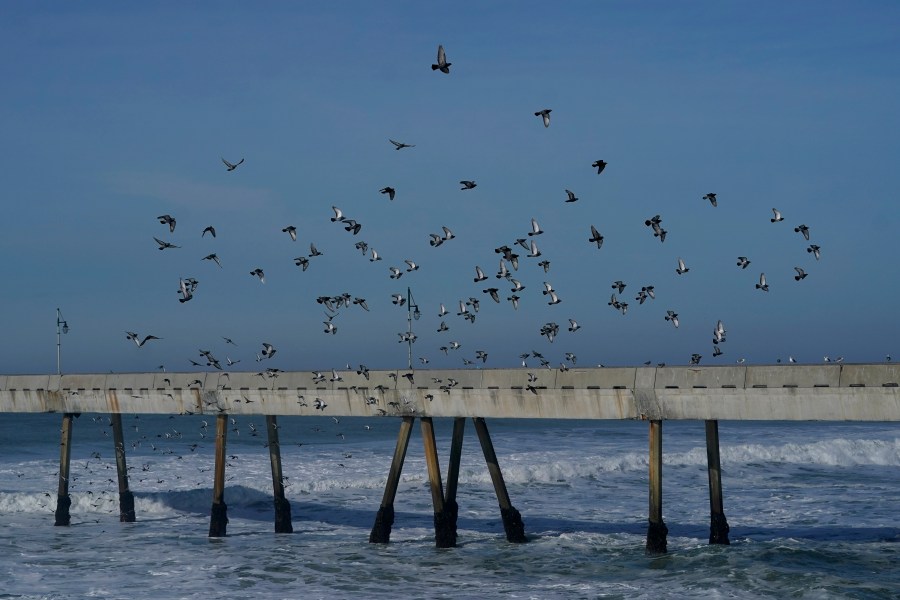
Climate change-induced seawater intrusions are hastening the collapse of buildings in the ancient Egyptian port city of Alexandria — posing threats similar to those challenging coastal California, a new study has found.
While such breakdowns were once a rare occurrence in Alexandria, these events have surged from approximately one to about 40 per year over the past decades, according to the study, published on Thursday in Earth’s Future.
“For centuries, Alexandria’s structures stood as marvels of resilient engineering, enduring earthquakes, storm surges, tsunamis and more,” lead author Sara Fouad, a landscape architect at the Technical University of Munich, said in a statement.
“But now, rising seas and intensifying storms — fueled by climate change — are undoing in decades what took millennia of human ingenuity to create,” Fouad added.
The researchers used geographic information system technology to create digital maps focusing on six districts across the city’s historic and densely populated urban area. Details included in the maps pertain to each structure’s composition, size and foundation depth — information collected from site visits and reports from 2001 through 2021.
The researchers then combined satellite imagery with historical maps from 1887, 1959 and 2001 to measure shoreline movement and to understand how the 50-mile coastline shifted inland in recent decades.
After calculating the rate of shoreline retreat over the past century, the scientists determined that the diminishing coastline was raising groundwater levels — and hurling that water into the foundations of seaside structures.
The researchers also analyzed what they described as chemical “fingerprints” in soil samples, which included specific isotopes that were indicative of soil strength and stability versus erosion.
“Our isotope analysis revealed that buildings are collapsing from the bottom up, as seawater intrusion erodes foundations and weakens the soil,” co-author Ibrahim Saleh, a soil radiation scientist at Alexandria University, said in a statement. “It isn’t the buildings themselves, but the ground underneath them that’s being affected.”
These findings also demonstrate that coastal structures are under threat of collapse “even without directly encroaching on the seawater,” added corresponding author Essam Heggy, a water scientist at the University of Southern California’s Viterbi School of Engineering.
Like Alexandria, the researchers warned, California’s coastal cities are facing increased danger from saltwater intrusion, which could weaken infrastructure, degrade water supplies and drive up the cost of living there as well.
Recent studies have shown that parts of the Golden State, including the San Francisco Bay Area, the Central Valley and coastal Southern California, are sinking, the authors noted. And what might appear to be minor elevation changes could cause a tremendous rise in the flood and seawater intrusion risks, according to the scientists.
“Our study challenges the common misconception that we’ll only need to worry when sea levels rise by a meter,” Heggy said in a statement.
“However, what we’re showing here is that coastlines globally, especially Mediterranean coastlines similar to California’s, are already changing and causing building collapses at an unprecedented rate,” he added.
In addition to sounding the alarm on these new coastal erosion threats, Heggy and his colleagues also proposed a nature-based solution in their study.
They raised the idea of creating sand dunes and vegetation barriers along shorelines to hinder seawater encroachment and thereby prevent groundwater from reaching building foundations.
Such an approach, they argued, could be applied to densely-populated coastal cities around the world, in a sustainable and cost-effective manner.
Without taking such action, coastal residents could be left with a loss that “extends far beyond bricks and mortar,” Heggy noted.
“We are witnessing the gradual disappearance of historic coastal cities, with Alexandria sounding the alarm,” he added. “What once seemed like distant climate risks are now a present reality.”












